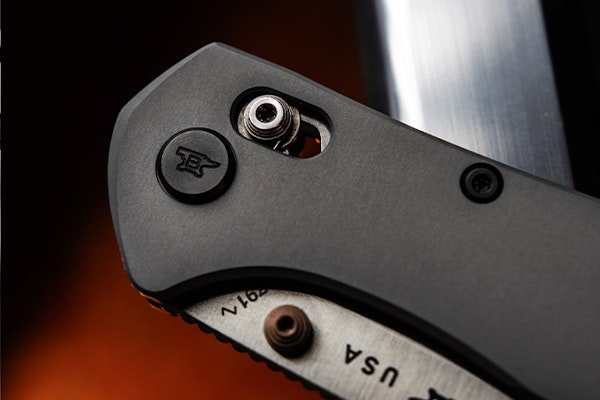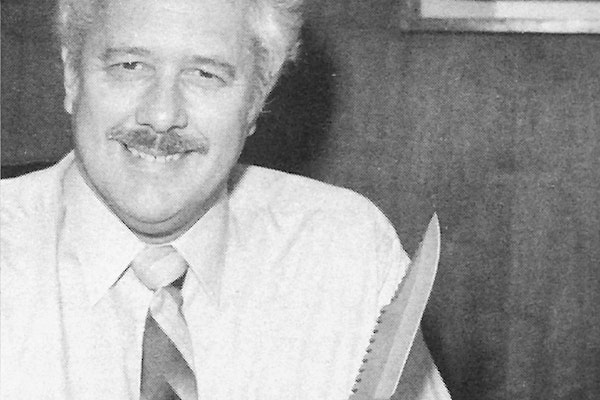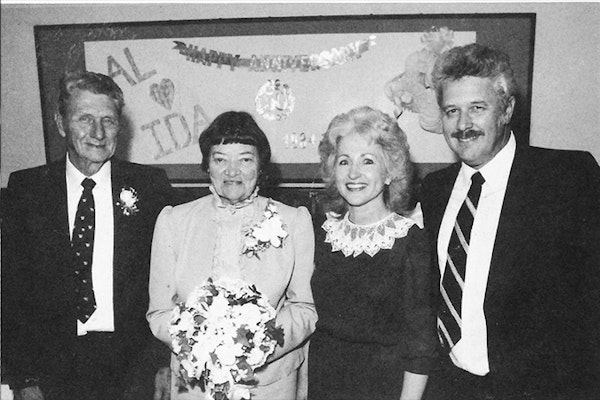It was October 12th, 1991; I was 12 years old, following my dad through the early morning darkness. The evening before, we’d seen a group of a dozen antelope and knew it held a shooter buck – perfect for my first antelope tag. As the sun rose, my dad spotted the herd, and we began to belly-crawl through the sagebrush in the direction of the antelope. We came to a stop at about 150 yards out, and I prepared for a shot. Just then, my dad looked over and whispered to me, “Here, use my gun.”
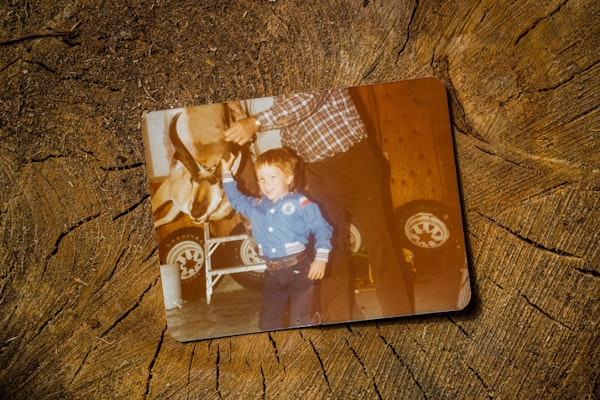
My dad’s rifle, a Ruger .270, was my dream rifle at the time – most likely because it was his gun, and I’d witnessed it in action throughout my childhood. It had a worn wooden stock from the many years spent alongside him on various hunts in his home state of Montana. At the time, I was carrying my great grandfather’s lever-action Winchester .30-30 with iron sights.
A few years later, I would buy my first rifle, a .270, with my own money. My dad and I have been on countless hunts together, and though I can’t remember how big that first buck was, the memory of my dad handing me his gun has stayed with me.
When I think about the word “tradition” in hunting, I think of the trips that take place every year, regardless of busy schedules, and no matter what the weather brings. Montana antelope hunting is that for me and my family; a tradition that runs four generations deep.
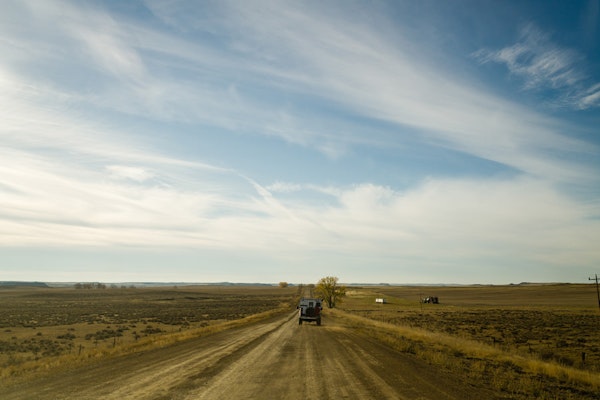
In the mid-’70s, my parents began making the trek to hunt antelope in Eastern Montana on a ranch owned by the family of one of their coworkers in Helena. Once kids came along, they began taking my younger sisters and me. Soon both sets of grandparents also made it an annual tradition.
Growing up, my family lived almost exclusively off of wild game. My parents did a great job of keeping our family fed with antelope, elk, and deer, as well as a giant vegetable garden that grew in our backyard. Both of my parents and my grandfathers had tags. There were years we would get so many antelope that we needed a way to store the meat beyond the freezer. My mother started canning it to preserve the meat and easily share it amongst family and friends.
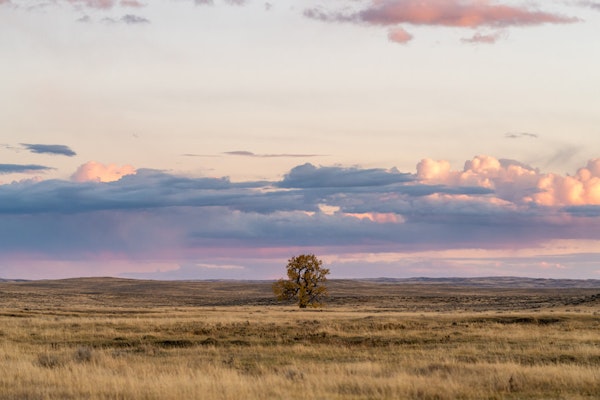
Antelope hunting in Montana has changed significantly in my lifetime. There were days in the early ’80s where one could get six antelope tags in Eastern Montana, one either sex tag and five doe tags. Populations have fluctuated over the past several decades. There are fewer tags today than when my parents first started hunting, partly because of a population decrease and increased demand from hunters. These days, you’ve hit the jackpot if you draw two tags in the area we hunt. Simply drawing your “buck” tag is no longer guaranteed.
Having hunted the same country for almost 50 years, we’ve had some varied but equally amazing experiences. We’ve endured rain, snow, wind, hail, mud, and heat. We’ve seen the landscape and antelope populations change over time and have had trips where no tags were filled and trips where every tag was filled. This year’s drought dried up most of the naturally occurring water holes and killed much of the remaining native grasses. Still, antelope are resilient, and they remain on the property.
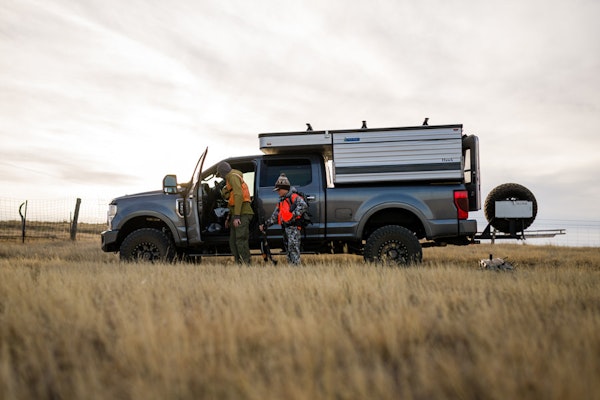
We can hunt roughly 55,000 contiguous acres spaced out between the main ranch and an adjacent Grazing Association. As far as the eye can see, it’s a mix of grass-covered hills and rolling sagebrush ridges. There’s next to nothing for cover, and the wind can be intense. Only one deeply rooted tree remains on the property and has become the primary landmark for discussing location and direction. To some, the landscape may seem desolate, but to us, it’s beautiful, and we feel lucky to be some of the very few hunters out there.
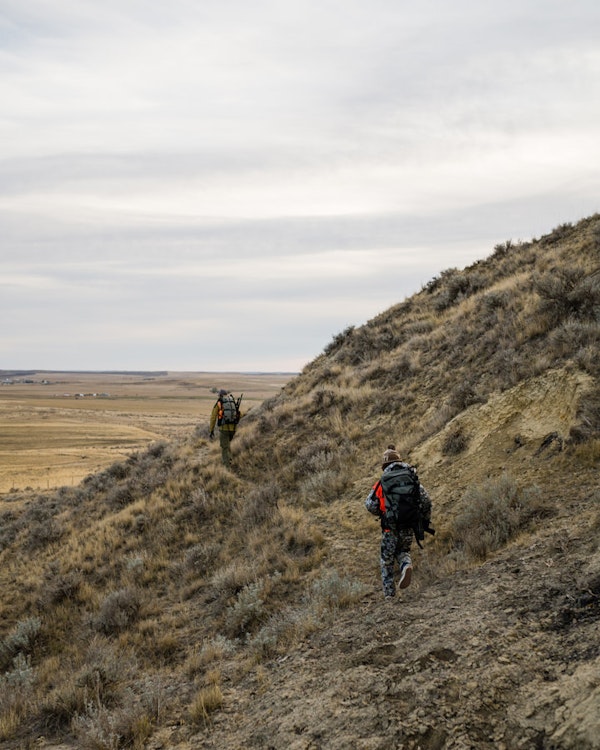
Our camp has also changed over the years. From humble beginnings with an old beat-up 1980 Chevrolet Suburban flanked by cheap dome tents on ground pads to canvas wall tents, and eventually to sleeping in the back of trucks on thicker pads and tougher weather protection. Last year, a windstorm destroyed my dad’s tent and this year he showed up with a 5th wheel camper. But there is one thing that hasn’t changed in all the years. Big group meals are cooked every night and enjoyed family-style outside. There are always lots of smiles and the same old stories that somehow never get old.
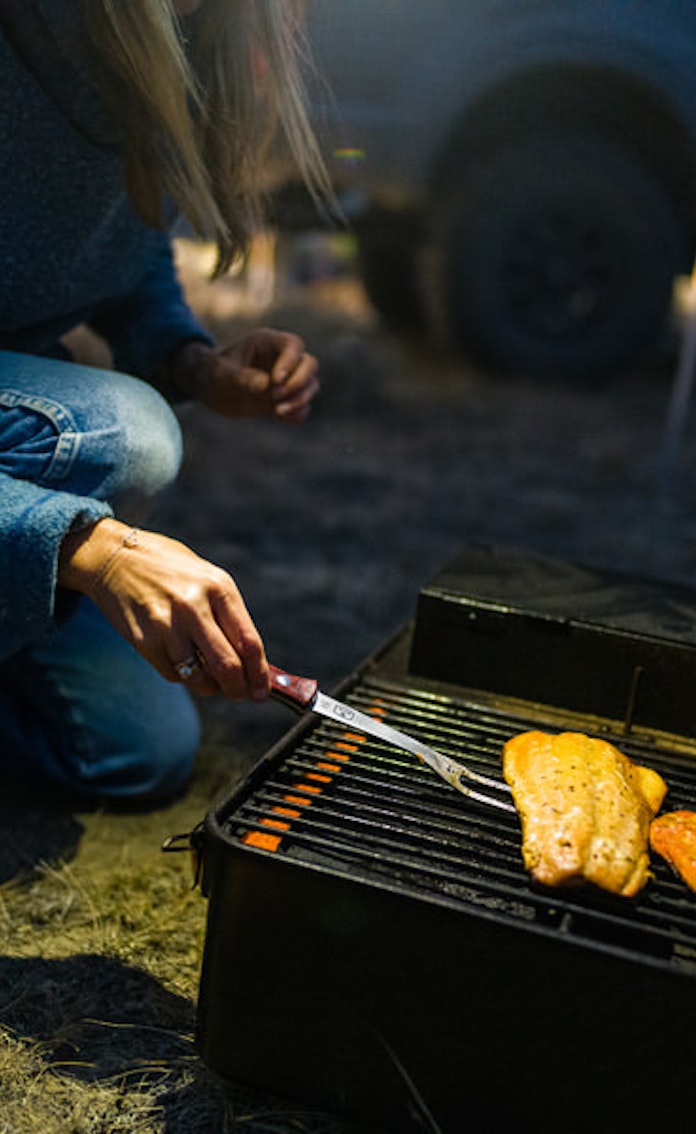
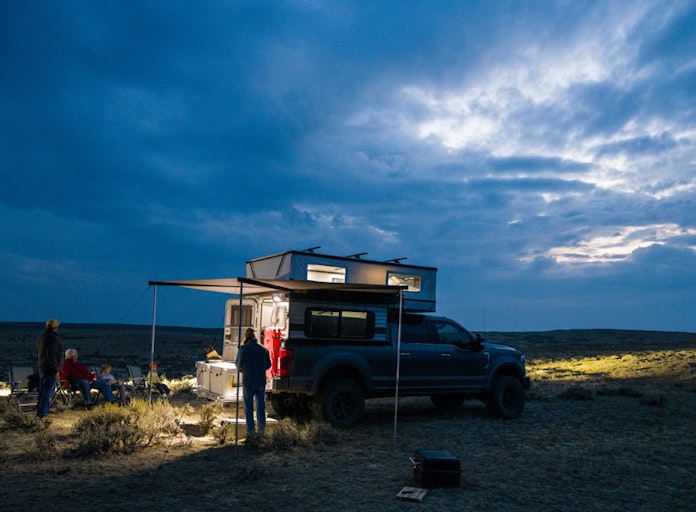
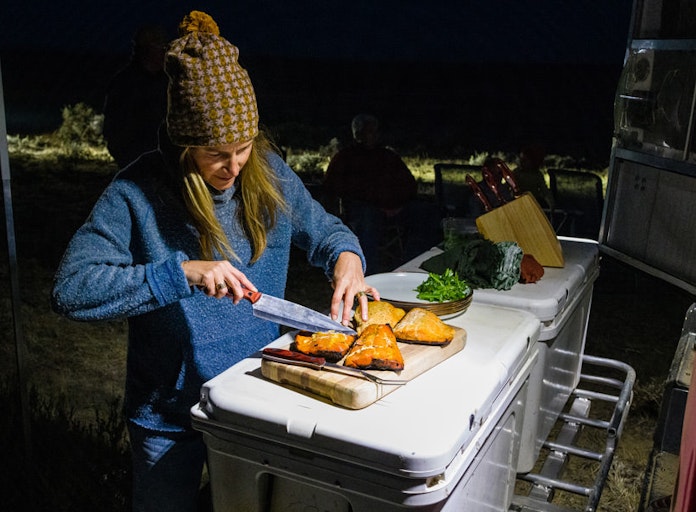
In only a few short years my kids will have their own antelope tags. They’ve already had dozens of opportunities to follow along with me and my dad on scouting trips, stalks, and harvests. For the past few seasons our hunting camp has expanded to include friends, family, and cousins and I can only recall a couple of stalks I’ve made solo. This past Saturday afternoon, I filled a tag alongside my brother-in-law and five boys between the ages of 7 and 11.
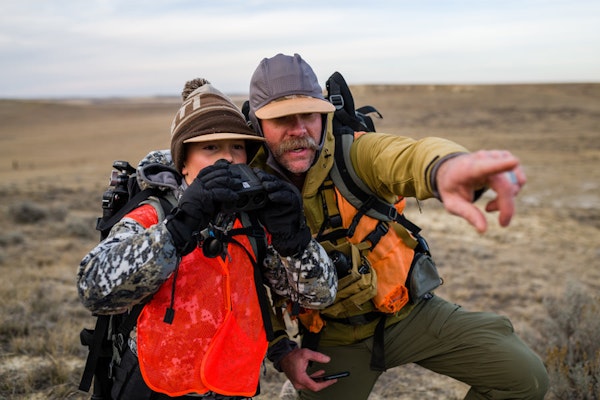
I’m fortunate to go on a handful of hunts each year, but this one I hold especially close because it’s the last remaining multi-day hunt my dad and I do together. We get a few mornings of elk hunting each fall, but out in the eastern prairie country, he’s really in his element. Here, he calls the shots, organizes the plan, arrives early to scout, and stays for a few extra days after everyone else heads back home. It’s time with him that I will always cherish.
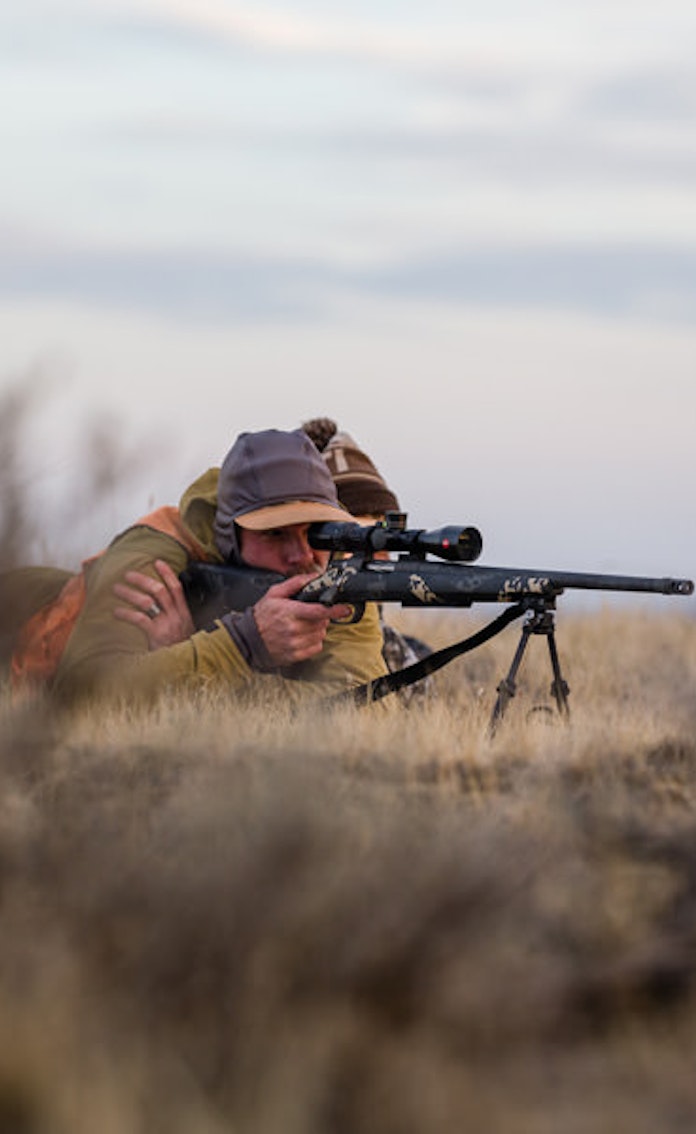
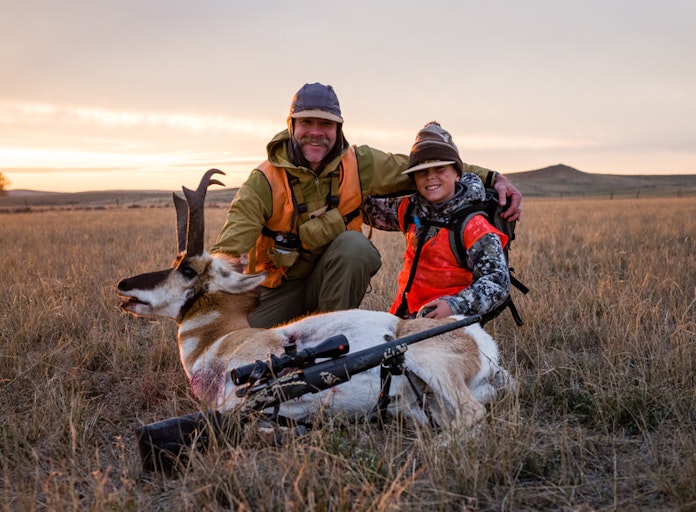
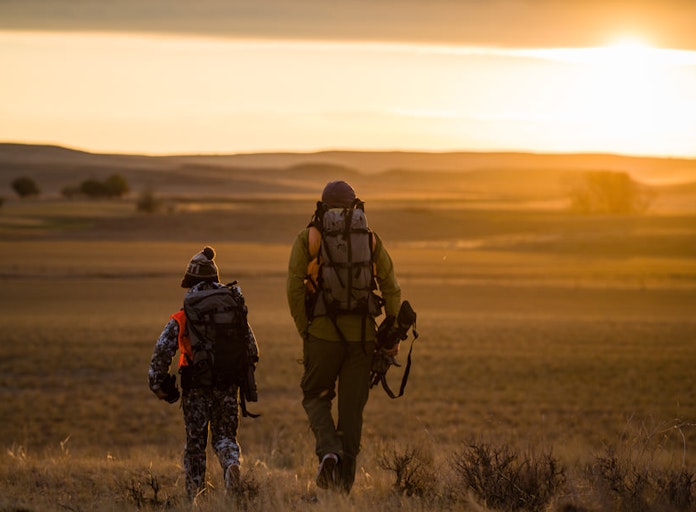
We’ve reached a point where I’m making stalks with both my father and my sons. I used a gun my dad set up for me when I started hunting, and now I’m prepping mine for him. Soon I’ll be doing the same for my sons, and I can only hope that in 30 years, they’ll be setting up a rifle for me and reflecting on their own first antelope hunts.

